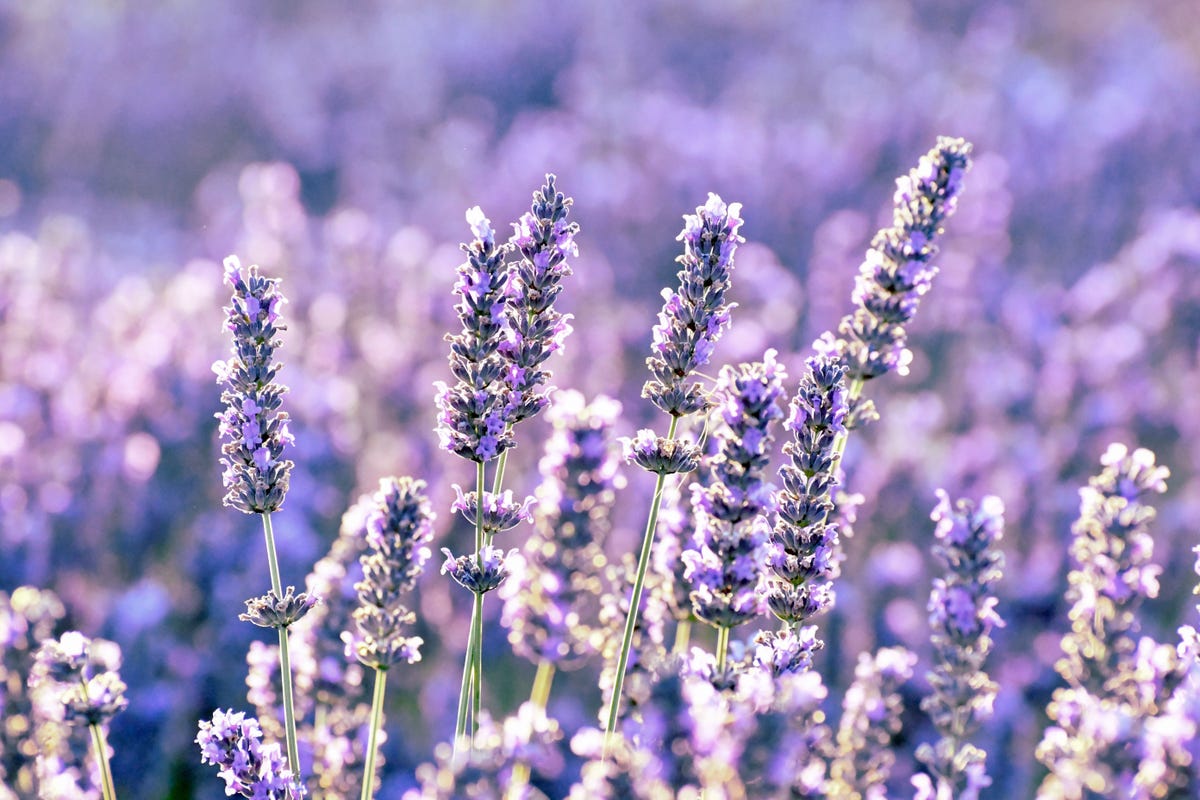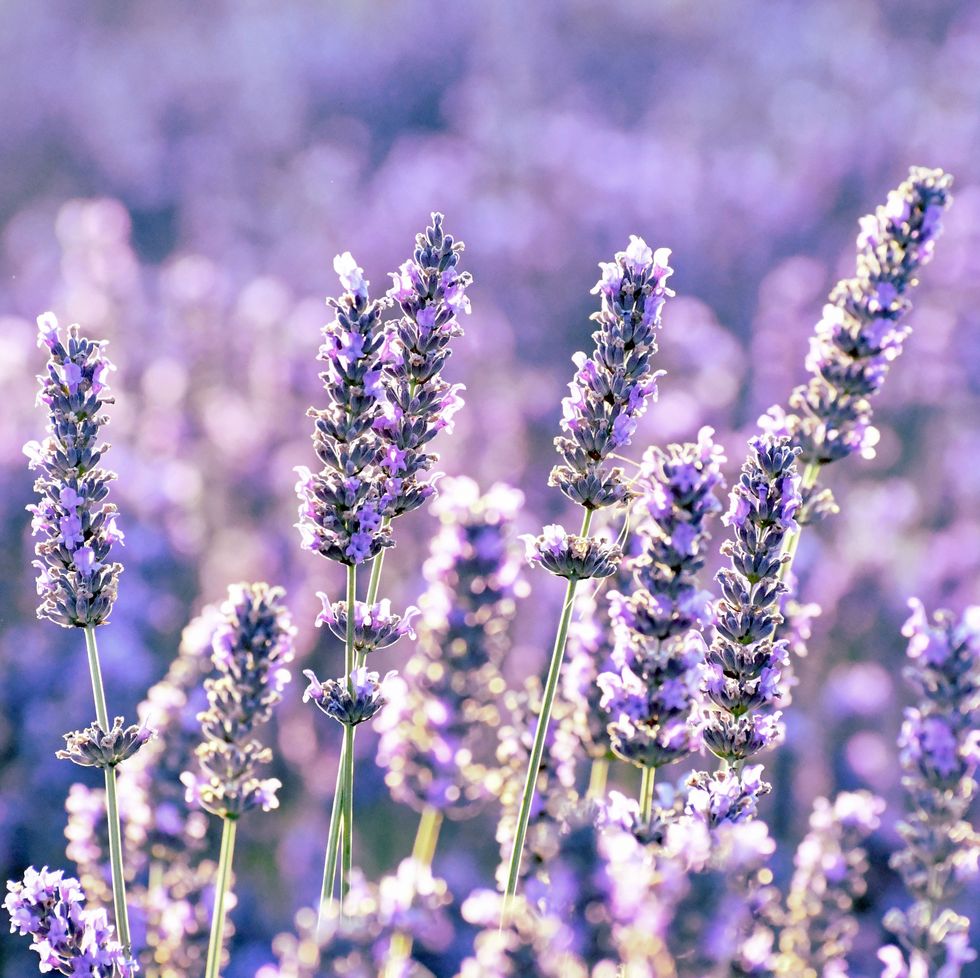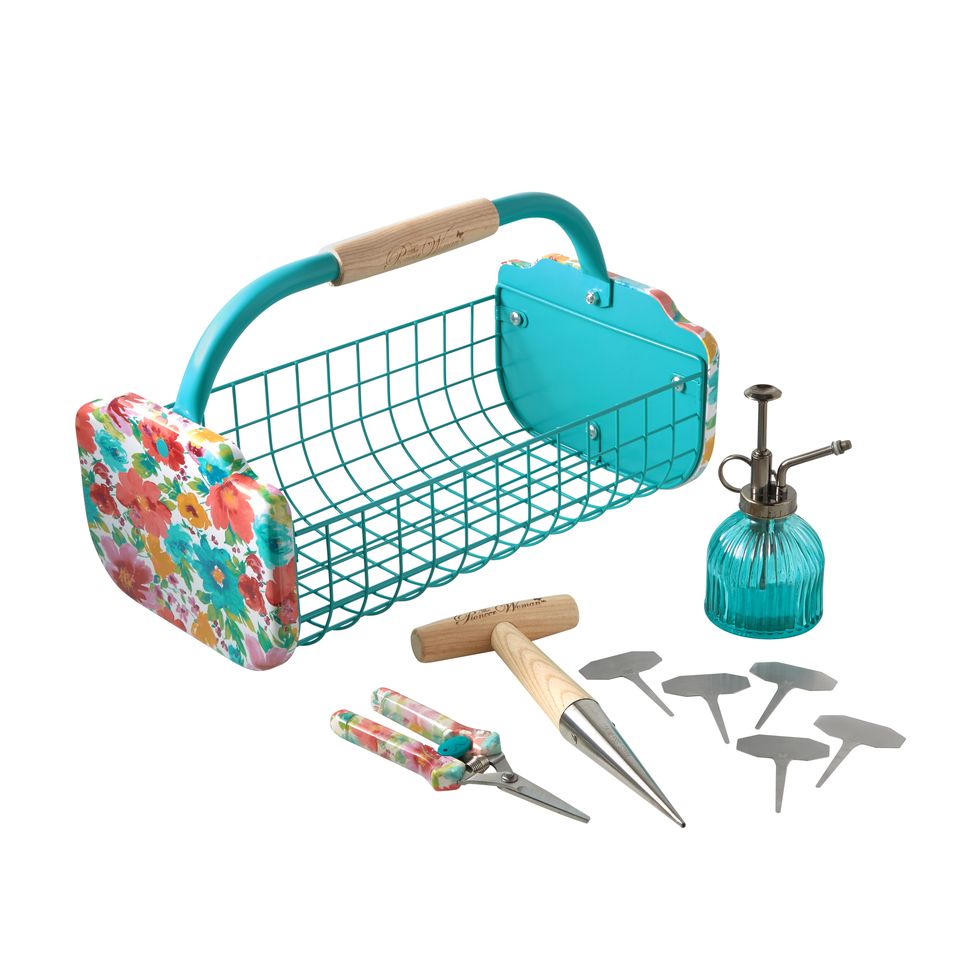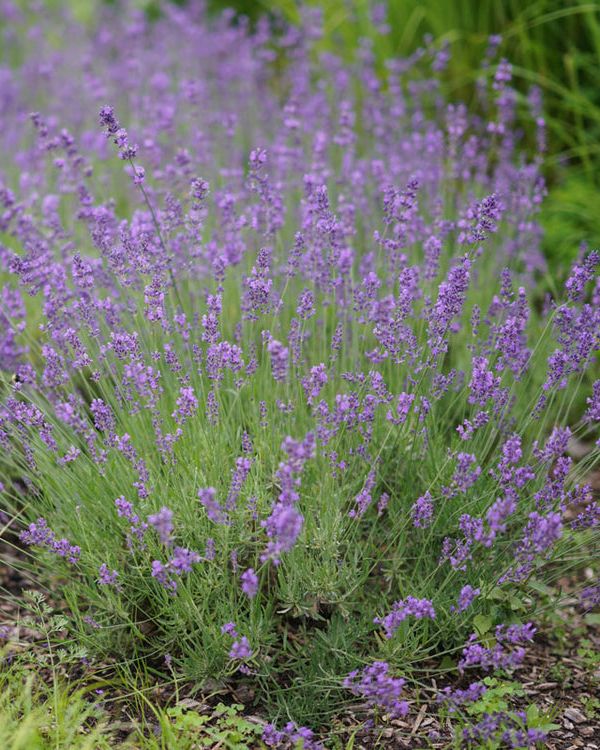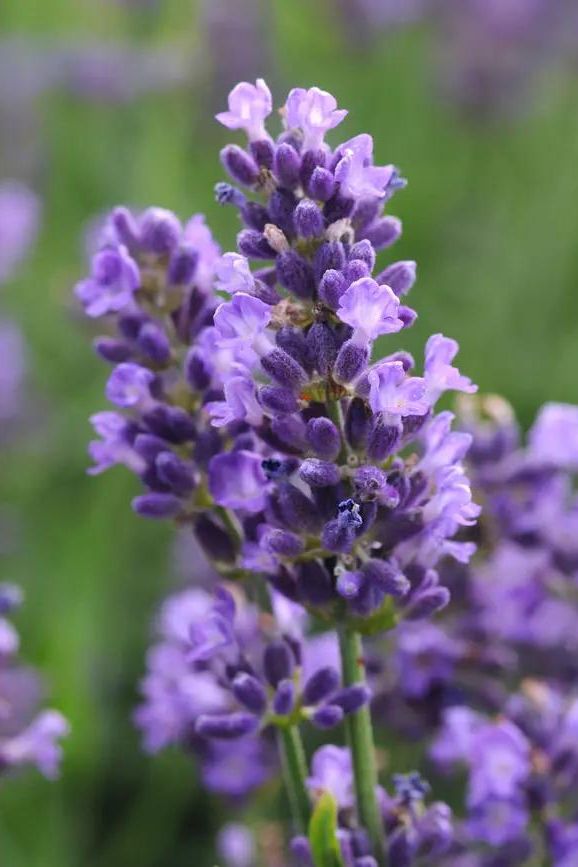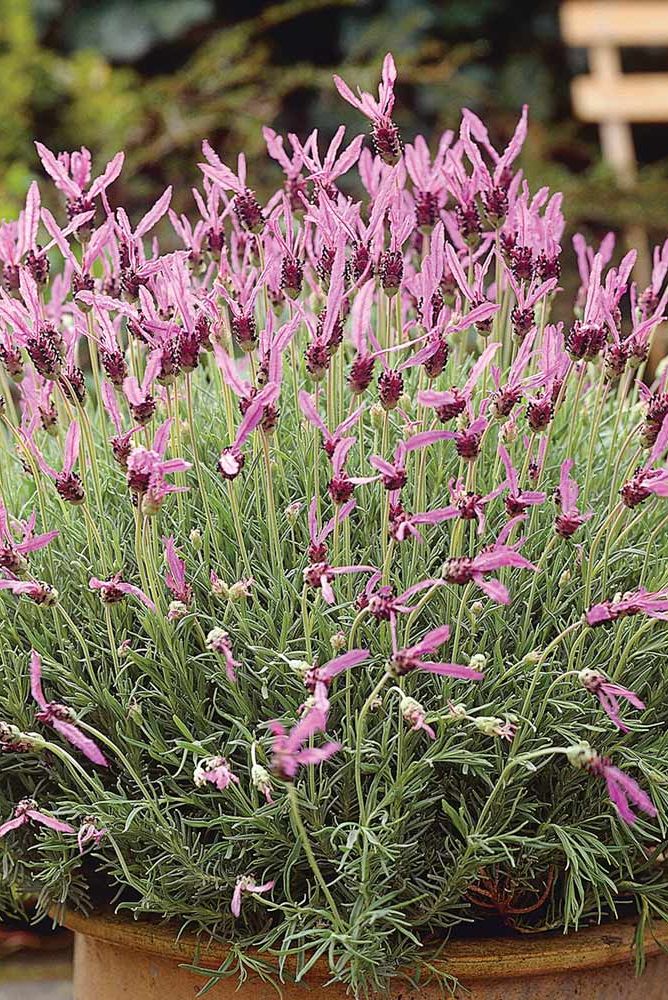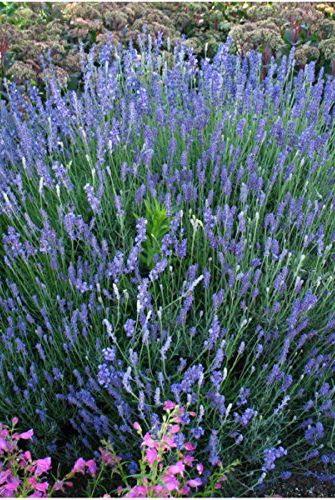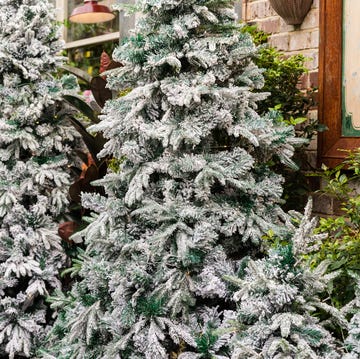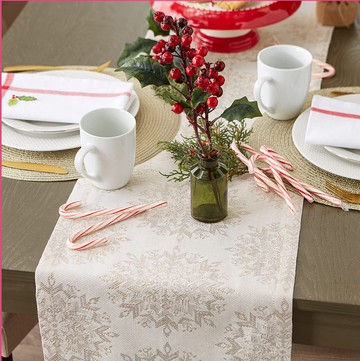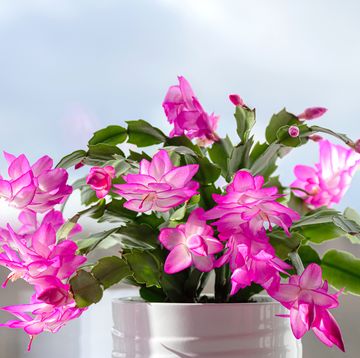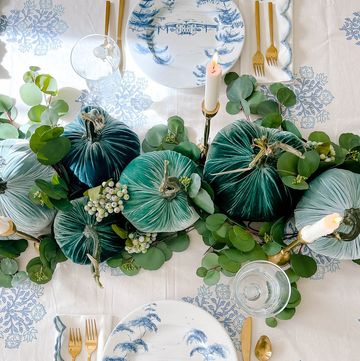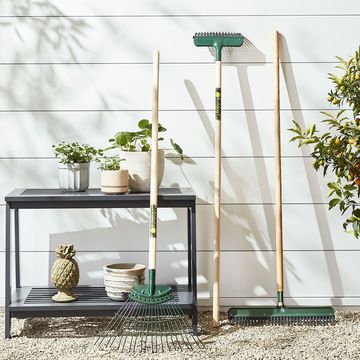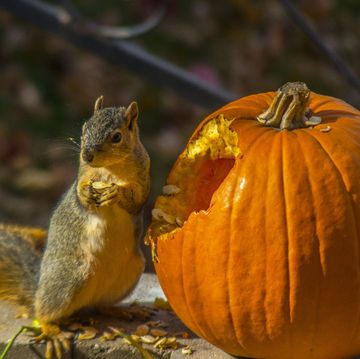Lavender is known and loved all over the world for its powerful fragrance. If you were to ask Ree Drummond about growing lavender in her garden, she'd describe it in two words: "It's glorious." That's because it's so much more than just a pretty scent! Lavender also contains powerful phytochemicals with antimicrobial, anti-inflammatory, and antioxidant properties. Plus, many studies have found that the scent of lavender relieves stress. It's all pretty impressive for such a lovely little plant!
Lavender also makes a beautiful dried flower in bouquets, as well as a delicious ingredient in simple syrup, scones, or cupcakes with lavender frosting. But before you can enjoy lavender's many benefits, you must first learn how to grow it in your garden. This perennial herb is easy to plant and care for, but you must give it the right conditions or it will succumb to cold, wet winter weather.
Here's what else you need to know about how to grow lavender, including all the different varieties and how to plant and harvest it.
Where does lavender grow best?
Different kinds of lavender thrive in different conditions or USDA Hardiness zones. The most widely grown hardy types are English lavender (Lavandula angustifolia) and lavandin (Lavandula x intermedia), the latter of which is a hybrid which has been bred to be more heat and cold tolerant. Most hardy types bloom mid-summer and can handle cold climates up to about USDA zone 5.
Other lavender, such as Spanish (Lavandula stoechas), is hardy to zone 7 or warmer climates. Spanish lavender has tufted flower spikes that resemble cute little pineapples or pine cones, and they bloom a bit earlier in the season. This type tends to do better in hot and humid climates, like the south. Another type is French lavender (Lavandula dentata), which is not as fragrant and not used as often for culinary purposes because it's less pungent (and also sometimes difficult to find).
Is lavender an easy plant to grow?
Yes! If you follow a few simple rules, you can easily grow your own. First, find a spot with full sun, which is considered six or more hours of direct sunlight. If you don't have full sun, your plant will struggle and not flower well. In its native habitat, lavender grows in sandy, rocky soils, so make sure the spot you choose has good drainage and no standing water, or plant lavender in pots with drainage holes in the bottom.
Next, dig a hole that's two to three times as wide as your plant, ease it out of the pot, and place the plant in the hole at the same level—or slightly higher—than it was in the pot. Replace the soil and tamp down. (Remember, lavender doesn't like to stay soggy.) If you have clay soil, plant it a few inches higher than ground level, and don't add anything like compost to the hole, which will hold onto too much water. No matter what kind of soil you use, it's not recommended to mulch lavender plants, although a light topping of light colored pebbles is okay.
Once you've planted your lavender, don't overwater! Give it a deep drink every few days as it's getting established its first year. Keep it weeded, too, because it doesn't do well in competition with weeds. It's not necessary to fertilize lavender because it tolerates poor soils. In fact, too much fertilizer actually can make the plant more vulnerable to disease and cold weather.
Does lavender come back every year?
Lavender is a perennial so it will come back every year as long as you care for it properly, which includes giving it plenty of sun, a little bit of water, and a lot of love. If all of its needs are met, you can expect your lavender plant to bloom every year, for about three to five years.
Should I prune lavender?
You should prune in the spring, once new growth begins to appear on the stems. It's also a bit slow to leaf out until it really warms up, so don't be impatient! Snip off the dead parts right above where buds appear. But don't cut your lavender back in the fall, which can increase the likelihood of winter damage. And don't cut it to the ground, which will kill it altogether.
Arricca Elin SanSone has written about health and lifestyle topics for Prevention, Country Living, Woman's Day, and more. She’s passionate about gardening, baking, reading, and spending time with the people and dogs she loves.
